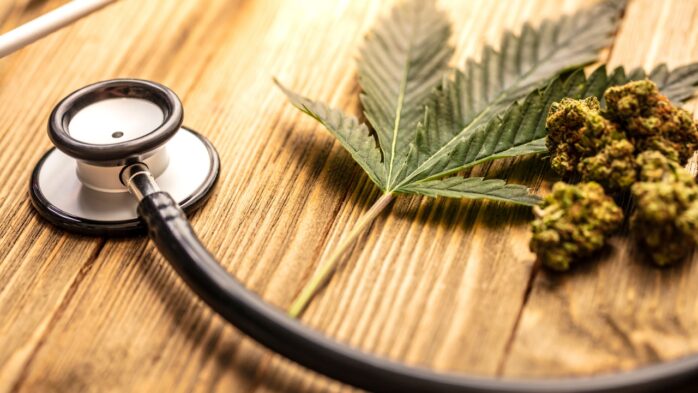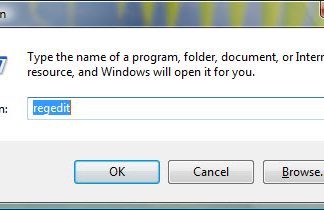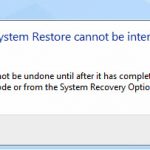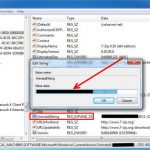Over the past decade, New York State has gained a reputation for being one of the top weed-friendly places in the country. It was among the earliest to roll out a medical marijuana program, and in 2021, the state legalized recreational weed, too.
Now, changes in the tax programs designed to help create equity among social and economic groups are in place. These regulations and those in bill S. 854-A/A.1248-A legalize adult-use cannabis and expand the medical marijuana program already in use.
Concerned about how these changes may affect you or someone you love as an MMJ patient? We’ll break down the program and the intent behind it here.
1. The Marijuana Regulation & Taxation Act (MRTA)
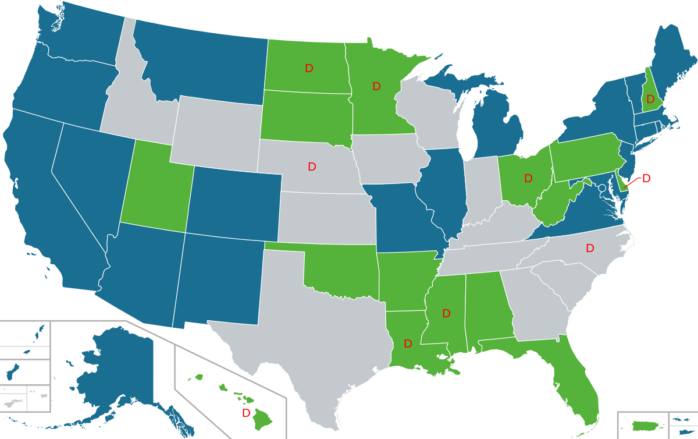
While medical cannabis has been legal since 2014, it hasn’t had a structured framework to guide residents and visitors to NYS. This changed on March 31, 2021, with the rollout of the Marijuana Regulation & Taxation Act (MRTA).
The establishment of the MRTA began what we see now as a comprehensive framework of regulations to help retailers, users, and law enforcement understand the legalities and safety concerns.
The framework covers recreational adult-use weed, medical marijuana, and hemp products. It includes provisions to expand the current medical marijuana and hemp programs and details how those involved in the distribution of cannabis obtain licensing.
The social and economic equity program designed here is en route to enable everyone, regardless of financial or social status, to receive assistance when they need medical marijuana.
The final part of this program designates where the funds collected through the taxation of cannabis are spent, with the intention of creating tens of thousands of new jobs within the next few years.
2. How the Adult Use Laws Affect Medical Marijuana
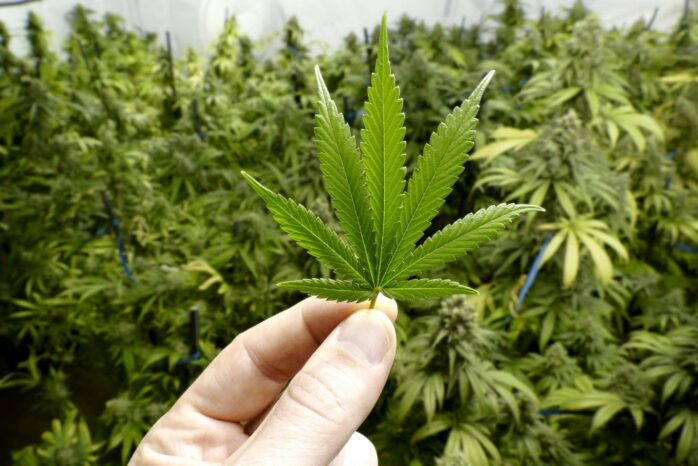
Many other states, such as Colorado and California, have legalized recreational and medicinal weed; both run successfully and concurrently.
New York intends to continue and expand its Medical Marijuana program, encouraging individuals to obtain MMJ cards through local physicians and reputable companies such as Veriheal.
Having that MMJ license has various benefits over using recreational weed. If you need cannabis due to medical reasons, you have a doctor guiding you through your treatment regimen. If things aren’t working, they can suggest ways to adjust your dosage safely or incorporate other medications alongside marijuana.
Another plus to medical marijuana is that you can buy your weed from licensed dispensaries with more variety. Recreational cannabis has a higher sales tax attached to it at 13% for retail sales (although the whole tax program is unique and complicated).
There’s no sales tax on medical marijuana, which could save a regular user hundreds of dollars or more each year.
3. Medical Marijuana Product Lines Are Expanding
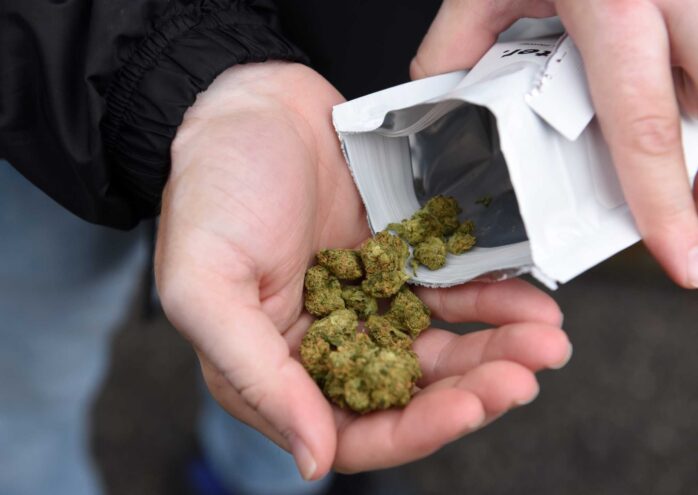
Heading to a doctor to receive a New York MMJ card is an extra step, but it’s one that will save your wallet substantially when you buy your weed. If that’s not enough of an incentive for you to apply for that medical marijuana license, the new expansion of products available at MMJ dispensaries might be.
Adult Use weed products have limited supplies legally allowed. They’re sold to anyone over 21 without an MMJ card. But if you have that license and can shop at a government-approved dispensary, you’ll have a vast assortment of choices.
Your doctor can recommend the best products for you, taking the confusion out of navigating the 700+ strains of cannabis.
The changes in this program allow for whole flower and combustible cannabis, whereas these were illegal in the past. And buying from a dispensary previously came with a 30-day supply, upgraded to a 60-day supply effective immediately.
If you’re concerned that your medical diagnoses don’t meet the predetermined list of approved conditions, this new program helps you. It gives doctors the right to certify patients with any condition to receive an MMJ card if the physician thinks it could help them.
4. Miscellaneous Changes
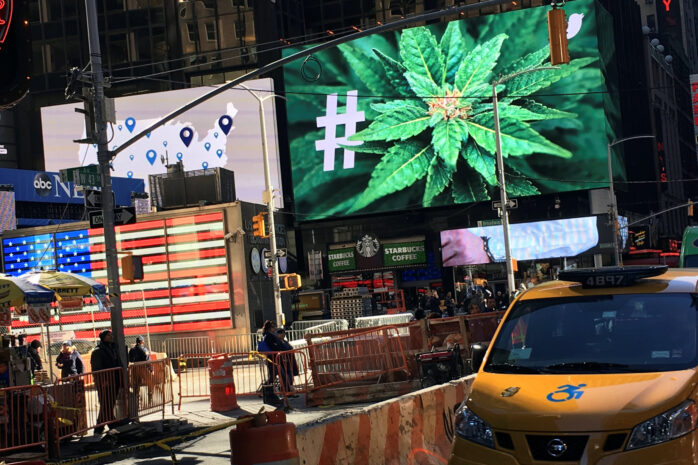
Medical marijuana patients are on the minds of regulators, as this new program shows. They want to ensure MMJ users have perks and benefits separate from Adult Use of recreational weed.
This goal shows up in various miscellaneous ways in these regulations, such as:
- Ending State fees paid by patients
- Opening up more medical dispensaries
- Increasing outside-the-home personal possession to 3 ounces of cannabis and 24 grams of concentrates
- Permitting home-grown cultivation (with limits)
All cannabis users may apply to have previous criminal records expunged. Law enforcement can’t use the “weed smell” as probable cause to search someone’s property. Workplaces can’t discriminate against marijuana users, either medically or recreationally.
Overall, the program is a significant move forward for cannabis proponents everywhere, with a focus on helping medical marijuana users.
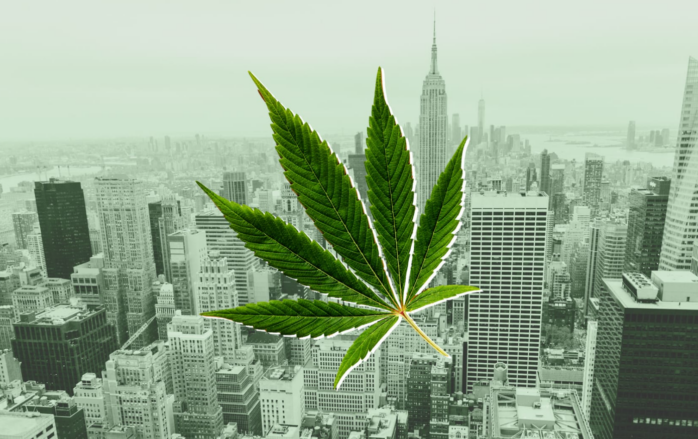
Conclusion
Understanding new bills is always a complicated challenge, but this NYS program includes multiple positive changes.
Whether you’re on the Adult Use or medical marijuana side, NYS supports your choice. But the medical marijuana program makes it easier and cheaper for those with MMJ cards.

